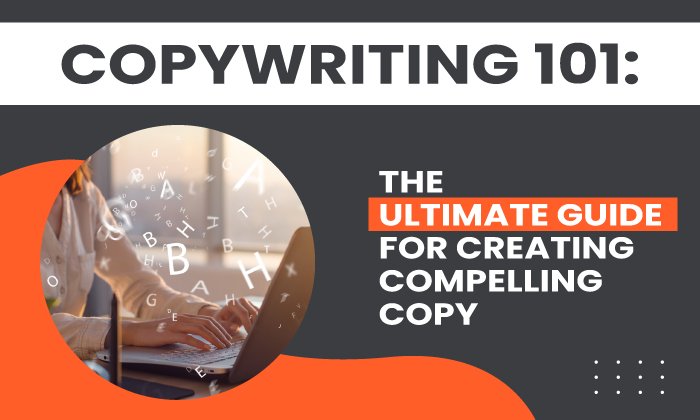The Ultimate Guide to RFPs

By joetting@hubspot.com (Jami Oetting)
Have you been tasked with the job of creating a request for proposal, or an RFP?
Whether you have no idea what that is or haven’t written one in a while, today’s guide can help.
We’re diving into the specifics of what an RFP actually is, why you might need one, and how to create your very first one today.
To start, you should understand what all these letters even mean.
When your company has a new (often large) project, or one that’s more complex and requires a bit of outsourcing, an RFP can help you get the job done right the first time.
The RFP doc becomes a way for you to quickly uncover the strengths and weaknesses of potential vendors in relation to your project without having to spend too much of your time hunting for them yourself.
RFPs can also give you a sneak peek into different strategies you may not have considered since each vendor will include their own unique action plan along with their bid.
And you’ll have this information before you ever have to commit to the vendor.
Keep in mind, this should not be confused with an RFQ.
RFP vs. RFQ
An RFQ, or request for quotation, is slightly different than an RFP since it’s just the quote itself. Here, companies solicit multiple price quotes from various vendors to compare services based on price alone. While an RFP includes a price quote (along with several other specifics), an RFQ does not detail anything other than price.
As opposed to an RFP, an RFQ is a request for quote or quotation.
Here’s how to understand the difference:
While you’re technically receiving a quote in an RFP, you’re also getting information timeline of completion, deliverable schedule, and the list of services provided as well.
But with an RFQ, you’re only receiving the quote itself for the service or products you’re interested in purchasing.
In most cases, simply comparing quotes is not enough to see if a potential vendor is the right fit for your company, which is why an RFP is more appropriate in these situations.
What is an RFP in marketing?
In Marketing, an RFP is often used to outsource any marketing activities that could help your brand increase reach. These activities include anything related to marketing that you can’t do internally.
For instance, if you work at a small startup, you might create an RFP to find a full-service communications and marketing firm to create an integrated marketing plan for your business. If this is the case, you’d outline in your RFP that you’re looking for a firm to help you “increase SEO presence” or “attract social media followers”, etc.
On the flip side, if you work for a marketing agency, you’ll want to keep an eye out for RFPs in your area related to services you offer. For instance, if you work for a web design company, you’ll want to look for businesses that …read more
Source:: HubSpot Blog










